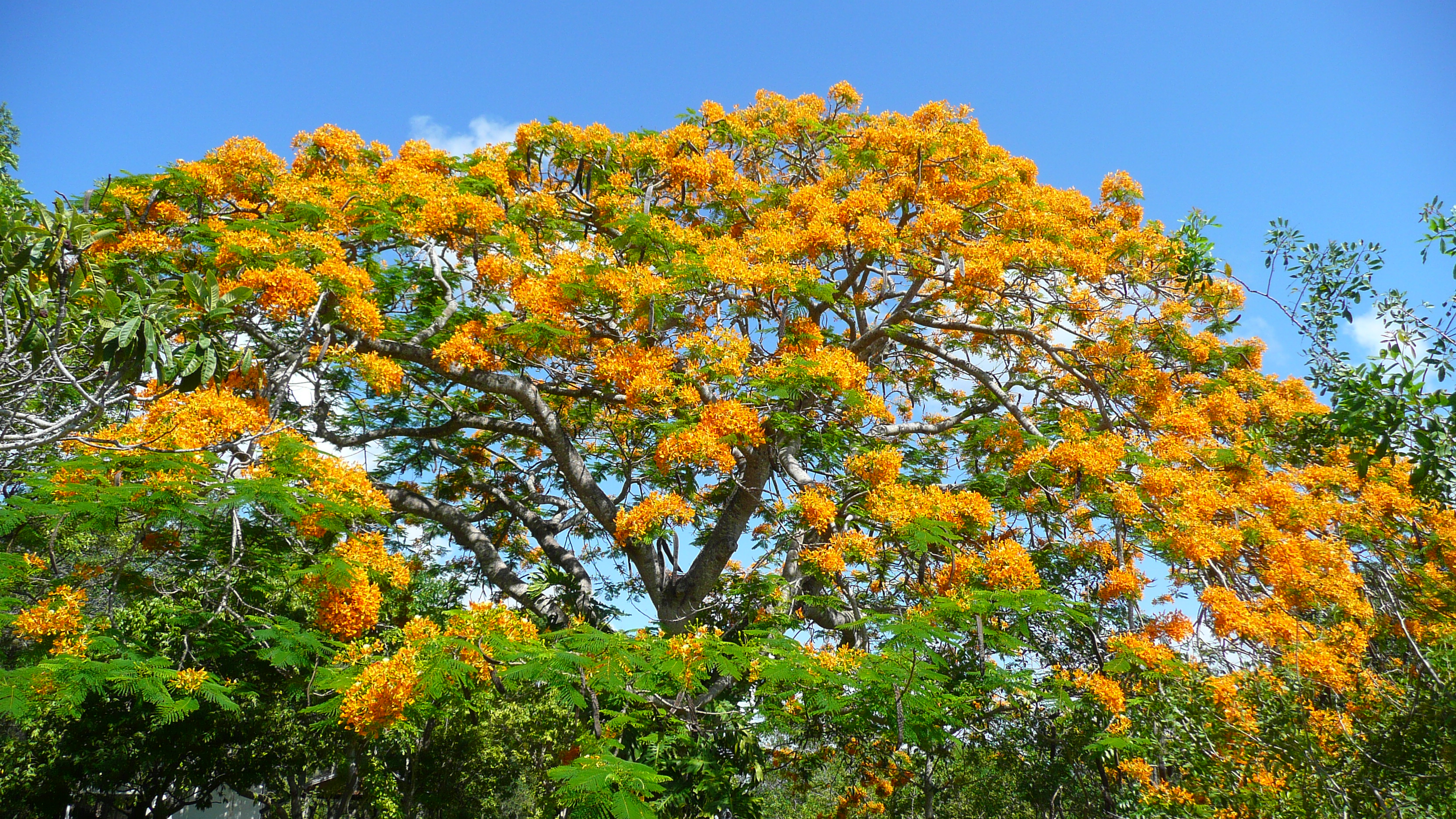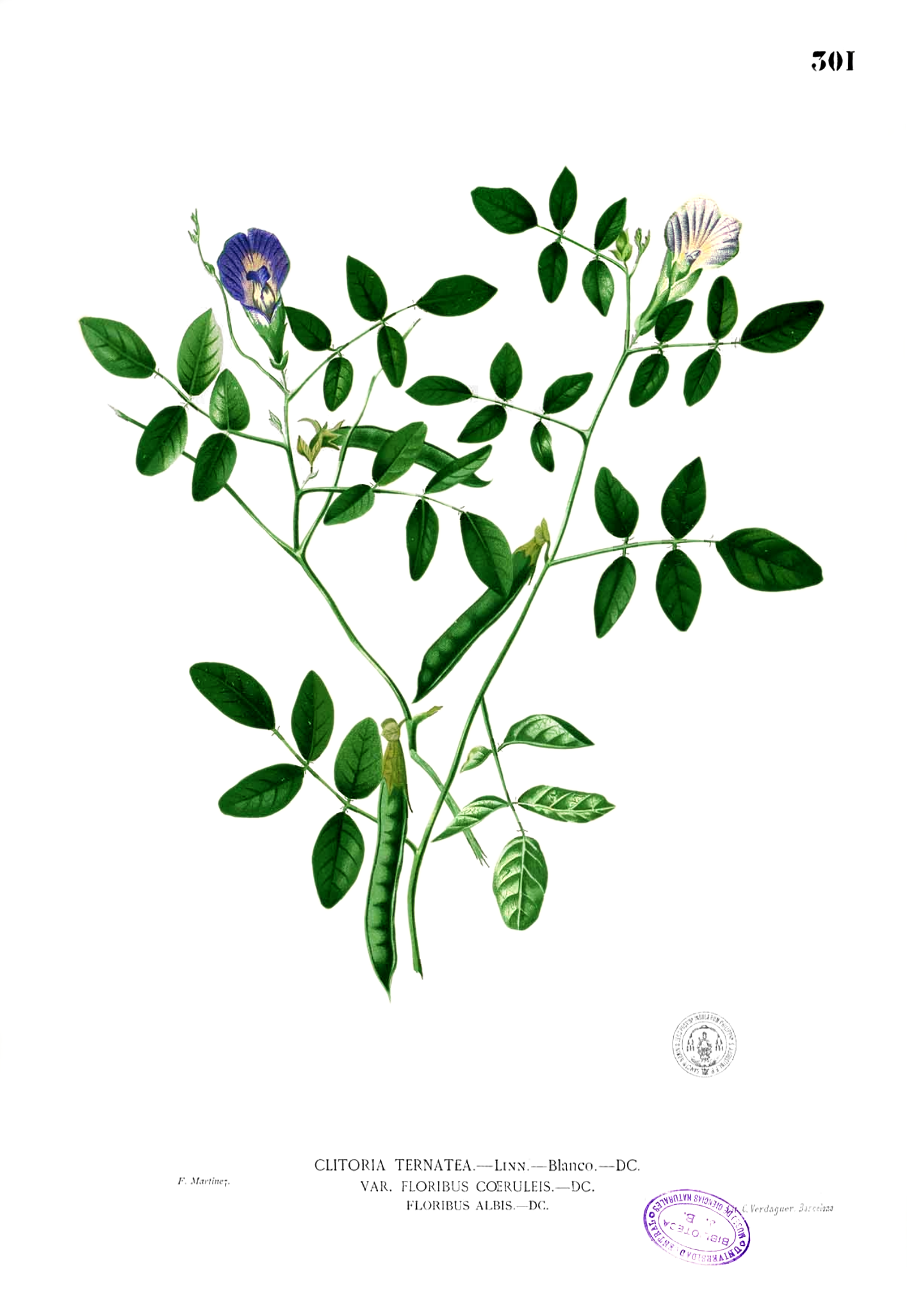|
Phakopsora Pachyrhizi
''Phakopsora pachyrhizi'' is a plant pathogen. It causes Asian soybean rust. Hosts ''Phakopsora pachyrhizi'' is an obligate biotrophic pathogen that causes Asian soybean rust. ''Phakopsora pachyrhizi'' is able to affect up to 31 different plant species that belong to 17 different genera under natural conditions. Experiments in laboratories were able to use ''Phakopsora pachyrhizi'' to infect 60 more plant species. The main hosts are ''Glycine max'' (soybean), ''Glycine soja'' (wild soybean), and ''Pachyrhizus erosus'' (Jicama). *Preferred hosts. Other hosts were minor or determined experimentally under artificial conditions. Symptoms The disease forms tan to dark-brown or reddish-brown lesions with one to many prominent, globe-like orifices. Urediniospores form from these pores. At initial stages, small yellow spots are formed on the surface of the leaf. These spots may be better observed using assistance of a light source. As the disease progresses, lesions start to for ... [...More Info...] [...Related Items...] OR: [Wikipedia] [Google] [Baidu] |
Hans Sydow
Hans Sydow (29 January 1879 – 6 June 1946) was a German mycologist and the son of mycologist and lichenologist, Paul Sydow (1851–1925). Career Hans Sydow worked at the Dresdner Bank in Berlin between 1904 and 1937 rising to divisional manager in 1922. Before, during and after this time he also pursued a career as a mycologist. Together with his father he co-authored many works before his father's death in 1925, most substantial of which were four volumes of monographs on the Uredinales (now called ''Pucciniales''), ' (''Monograph on the Uredinales, description of known species and outline of systematics''). The first volume covered the genus Puccinia and the second the genus Uromyces. The third volume described the systematics and taxonomy used to classify the family and provided a key as well as further descriptions of other genera including Gymnosporangium and Phragmidium. The final volume published covered the related genera; Peridermium, Aecidium, Monosporidium, Roes ... [...More Info...] [...Related Items...] OR: [Wikipedia] [Google] [Baidu] |
Alysicarpus Vaginalis
''Alysicarpus vaginalis'' is a species of flowering plant in the legume family, Fabaceae. It is native to parts of Africa and Asia, and it has been introduced to other continents, such as Australia and the Americas. It is cultivated as a fodder for livestock, for erosion control,Cook, B., et al''Alysicarpus vaginalis''. Tropical Forages. 2005. and as a green manure.''Alysicarpus vaginalis''. Flora of China. Common names include alyce clover, buffalo clover, buffalo-bur, one-leaf clover, and white moneywort. Pacific Island Ecosystems at Risk (PIER). USDA Forest Service. Description This species is an |
Erythrina Variegate
''Erythrina variegata'', commonly known as tiger's claw or Indian coral tree, is a species of ''Erythrina'' native to the tropical and subtropical regions of eastern Africa, the Indian subcontinent, northern Australia, and the islands of the Indian Ocean and the western Pacific Ocean east to Fiji. Description ''E. variegata'' is a thorny deciduous tree growing to tall. The leaves are pinnate with a petiole and three leaflets, each leaflet up to long and broad. It has dense clusters of scarlet or crimson flowers and black seeds. Uses ''Erythrina variegata'' is valued as an ornamental tree. Several cultivars have been selected, including 'Alba' with white flowers. In Vietnam, the leaves are used to wrap fermented meat ( vi, nem). ''E. variegata'' is known as ''dapdap'' in many languages of the Philippines where its bark and leaves are used in alternative medicine. ''E. variegata'' is often used in agroforestry systems. It can be used for fodder as its foliage has a goo ... [...More Info...] [...Related Items...] OR: [Wikipedia] [Google] [Baidu] |
Erythrina Subumbrans
''Erythrina subumbrans'' is a flowering plant species in the genus ''Erythrina ''Erythrina'' is a genus of plants in the pea family, Fabaceae. It contains about 130 species, which are distributed in tropical and subtropical regions worldwide. They are trees, with the larger species growing up to in height. The generic na ...''. The pterocarpans phaseolin, erybraedins A and B are found in the stems of ''E. subumbrans''.Antibacterial Pterocarpans from Erythrina subumbrans. Thitima Rukachaisirikul, Phongsak Innok, Nuntana Aroonrerk, Woraluk Boonamnuaylap, Saranya Limrangsun, Chanakan Boonyon, Umpawan Woonjina and Apichart Suksamrarn, Journal of Ethnopharmacology, Volume 110, Issue 1, 1 March 2007, Pages 171-175, References External links subumbrans Plants described in 1858 {{Phaseoleae-stub ... [...More Info...] [...Related Items...] OR: [Wikipedia] [Google] [Baidu] |
Desmodium Triflorum
''Grona triflora'', known as creeping tick trefoil or three-flower beggarweed, is a plant in the family Fabaceae. It is native to tropical regions around the globe and introduced to subtropical regions including the southern United States. File:Desmodium triflorum in Kadavoor.jpg, Foliage File:Desmodium triflorum fruit and seeds.jpg, Fruit and seeds File:Desmodium triflorum at Peradeniya Royal Botanical Garden.jpg, At Peradeniya Royal Botanical Garden Phytochemicals ''Grona triflora'' (''Desmodium triflorum'') contains alkaloids including ''N'',''N''-dimethyltryptophan methyl ester, dimethyltryptamine-''N''-oxide, hypaphorine (structurally related to plakohypaphorine), phenylethylamine, hordenine, tyramine Tyramine ( ) (also spelled tyramin), also known under several other names, is a naturally occurring trace amine derived from the amino acid tyrosine. Tyramine acts as a catecholamine releasing agent. Notably, it is unable to cross the blood ..., and trigonelline ... [...More Info...] [...Related Items...] OR: [Wikipedia] [Google] [Baidu] |
Delonix Regia
''Delonix regia'' is a species of flowering plant in the bean family Fabaceae, subfamily Caesalpinioideae native to Madagascar. It is noted for its fern-like leaves and flamboyant display of orange-red flowers over summer. In many tropical parts of the world it is grown as an ornamental tree and in English it is given the name royal poinciana, flamboyant, phoenix flower, flame of the forest, or flame tree (one of several species given this name). This species was previously placed in the genus ''Poinciana'', named for Phillippe de Longvilliers de Poincy, the 17th-century governor of Saint Christopher (Saint Kitts). It is a non-nodulating legume. Description The flowers of ''Delonix regia'' are large, with four spreading scarlet or orange-red petals up to long, and a fifth upright petal called the standard, which is slightly larger and spotted with yellow and white. They appear in corymbs along and at the ends of branches. The naturally occurring variety ''flavida'' (Beng ... [...More Info...] [...Related Items...] OR: [Wikipedia] [Google] [Baidu] |
Crotalaria Saltiana
''Crotalaria'' is a genus of flowering plants in the family Fabaceae (subfamily Faboideae) commonly known as rattlepods. The genus includes over 700 species of herbaceous plants and shrubs. Africa is the continent with the majority of ''Crotalaria'' species (approximately 400 species), which are mainly found in damp grassland, especially in floodplains, depressions and along edges of swamps and rivers, but also in deciduous bush land, roadsides and fields. Some species of ''Crotalaria'' are grown as ornamentals. The common name rattlepod or rattlebox is derived from the fact that the seeds become loose in the pod as they mature, and rattle when the pod is shaken. The name derives from the Ancient Greek , meaning "castanet", and is the same root as the name for the rattlesnakes (''Crotalus''). ''Crotalaria'' species are used as food plants by the larvae of some Lepidoptera species including ''Endoclita sericeus'', ''Etiella zinckenella'' and ''Utetheisa ornatrix''. The toxic alkalo ... [...More Info...] [...Related Items...] OR: [Wikipedia] [Google] [Baidu] |
Crotalaria Anagyroides
''Crotalaria'' is a genus of flowering plants in the family Fabaceae (subfamily Faboideae) commonly known as rattlepods. The genus includes over 700 species of herbaceous plants and shrubs. Africa is the continent with the majority of ''Crotalaria'' species (approximately 400 species), which are mainly found in damp grassland, especially in floodplains, depressions and along edges of swamps and rivers, but also in deciduous bush land, roadsides and fields. Some species of ''Crotalaria'' are grown as ornamentals. The common name rattlepod or rattlebox is derived from the fact that the seeds become loose in the pod as they mature, and rattle when the pod is shaken. The name derives from the Ancient Greek , meaning "castanet", and is the same root as the name for the rattlesnakes (''Crotalus''). ''Crotalaria'' species are used as food plants by the larvae of some Lepidoptera species including ''Endoclita sericeus'', ''Etiella zinckenella'' and ''Utetheisa ornatrix''. The toxic alkalo ... [...More Info...] [...Related Items...] OR: [Wikipedia] [Google] [Baidu] |
Clitoria Termatea
''Clitoria'' is a genus of mainly tropical and subtropical, insect-pollinated flowering pea vines. Taxonomy Naming of the genus This genus was named after the human clitoris, for the flowers bear a resemblance to the vulva. The first reference to the genus, which includes an illustration of the plant, was made in 1678 by Jakób Breyne, a Polish naturalist, who described it as ''Flos clitoridis ternatensibus'', meaning ' Ternatean flower of the clitoris'. Many vernacular names of these flowers in different languages are similarly based on references to female external genitalia. Controversies existed in the past among botanists regarding the good taste of the naming of the genus. The analogy drew sharp criticism from botanists such as James Edward Smith in 1807, Amos Eaton in 1817, Michel Étienne Descourtilz in 1826, and Eaton and Wright in 1840. Some less explicit alternatives, like ''Vexillaria'' (Eaton 1817) and ''Nauchea'' (Descourtilz 1826), were proposed, but they fail ... [...More Info...] [...Related Items...] OR: [Wikipedia] [Google] [Baidu] |
Centrosema Pubescens
''Centrosema pubescens'', common name centro or butterfly pea, is a legume in the family Fabaceae, subfamily Faboideae, and tribe Phaseolae. It is native to Central and South America and cultivated in other tropical areas as a forage for livestock. Although, this species has hitherto almost exclusively been referred to as ''Centrosema pubescens'', its correct name is ''Centrosema molle''. The former ''C. schiedeanum'' (incl. the released cultivar Belalto centro) is now ''C. pubescens''. Description Centro is a perennial herb that can reach a height of . The root system can reach up to 30 cm in depth, frequently in association with ''Rhizobium'', nitrogen-fixing bacteria. Stems grow and branch rapidly, producing a dense mass of branches and leaves on the soil. Stems do not become woody until about 18 months after planting. Leaves are trifoliate, with elliptical leaflets approximately , dark-green and glabrous above but whitish and densely tomentose below. Flowers are g ... [...More Info...] [...Related Items...] OR: [Wikipedia] [Google] [Baidu] |




.jpg)

